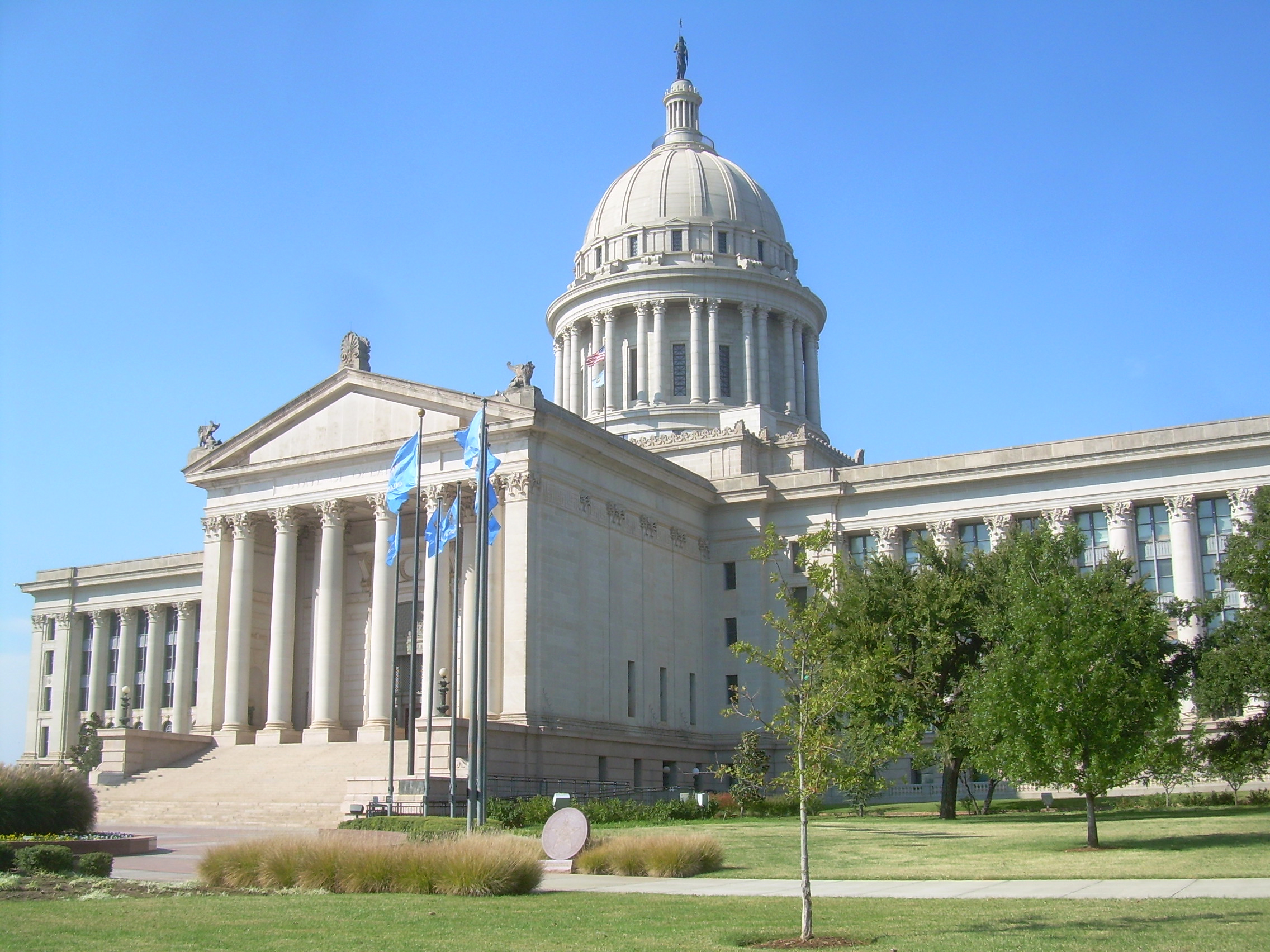
In my senior year of high school, I had an internship with an architecture firm, called Guernsey, and myself and two of my friends followed an architect around for a couple of weeks. At the time, the firm was partner to the renovations of the state capitol, and they brought us to the building to show us the renovations.
This was Spring 2017. They were working on the north face of the building, which was completely covered in scaffolding and blue tarp, which was to keep wind from blowing on the stone that they were treating with chemicals. We put on hard hats, gloves, respirators, face masks, the whole nine yards. Apparently they were using some kind of material that was a nasty skin irritant, so we had to cover up completely. We climbed the entire height of the building in the covered scaffolding, which was well over 100 degrees inside with the sun beating on the tarp. At the top, I remember taking off the mask and feeling the wind on my face was heaven.
There were Swedish stonemasons working renovating the gargoyles atop the capitol. I was able to meet their leader, Bjorn, who was working on a gryphon on one of the corners of the building. He didn’t speak English, but he greeted me with a hearty handshake and said, simply, “Bjorn.” None of the other stonemasons spoke English either.
As a result of this experience, I know all kinds of interesting trivia about the state capitol that most people probably don’t know. For example, the original plans for the building hadn’t been updated – at all – since the building’s completion in 1917. As you can imagine, the building has been heavily modified since then, and the architects working on the renovations were surprised to find, in several places, floors, or lack thereof, where otherwise indicated by the plans (of which I was able to see the originals).
I was also able to see the tunnels, which lead beneath the capitol and across the street. I imagine that they were designed as an easy form of entry or egress for workers and officials that didn’t want to cross the streets surrounding the building. The problem, though, was that they were flooded, and had been for several years. The engineers couldn’t figure out exactly where the water was coming from, and, when I left the internship, they were planning on filling and sealing them. I’m not sure if they ever went through with it, though.
It was a hell of a couple of days. If I ever see Bjorn again, I’m going to buy him a drink.
